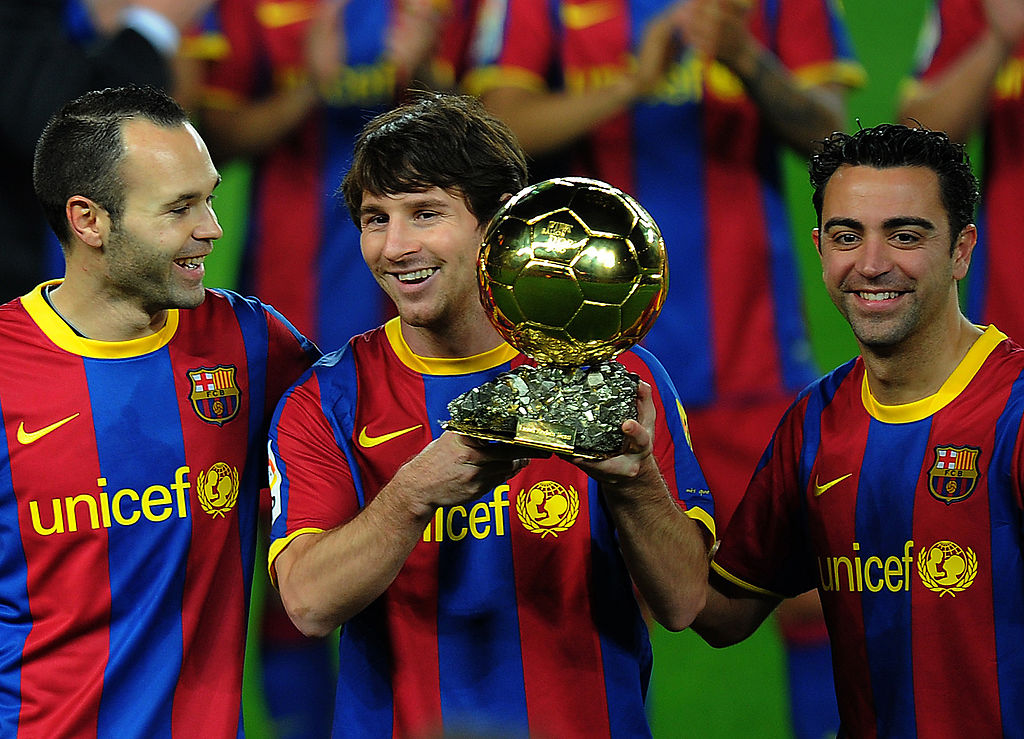Italy Euro 2020 tactical analysis: How the Azzurri are lighting up the tournament
Italy stormed through the Euro 2020 group stage and have a favourable route to the semi-finals, with one of the most interesting tactical approaches on display this summer
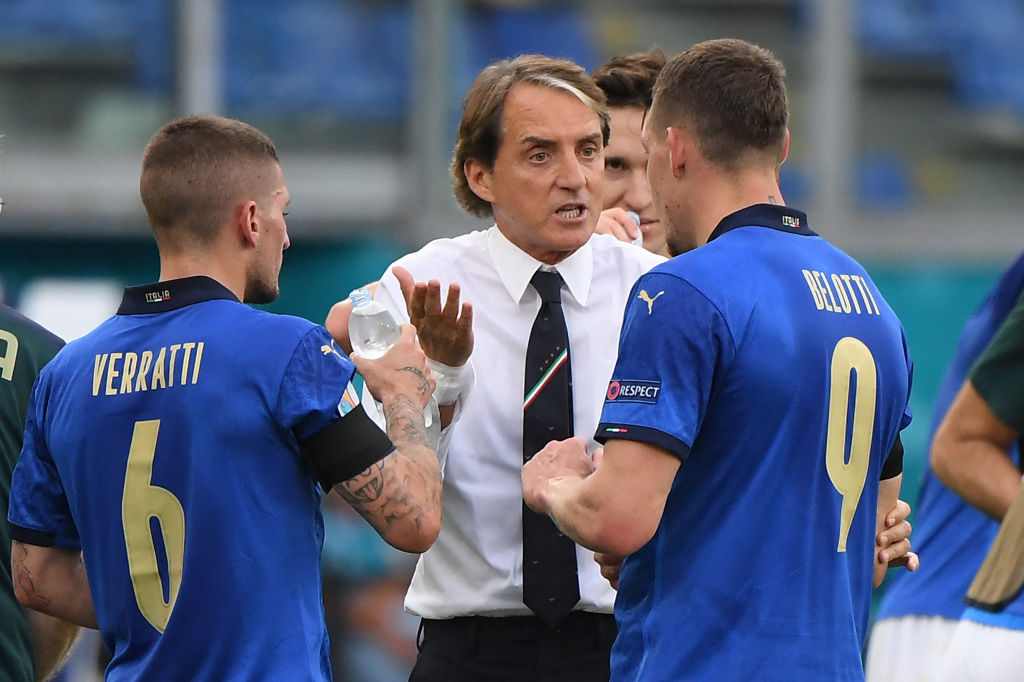
Italy are earning many plaudits for their Euro 2020 performances so far and rightly so. The statistics speak for themselves: unbeaten in 30 matches, 11 wins in a row, 11 consecutive clean sheets, 20 goals in the last nine matches, and perhaps just as importantly 25 out of the 26 man squad featured in the group stage matches.
Injuries to Giorgio Chiellini and Alessandro Florenzi have disrupted their back four, and it remains to be seen how they will fare against any of the tournament favourites, but they have undoubtedly impressed with their togetherness, identity, and performances so far.
AZZURRI Italy Euro 2020 squad profile: Best player, manager and past Euros record
Tactical overview
Key features of Italy’s success in the group stage were playing with a high defensive line (certainly in relation to a more traditional catenaccio style), aggressive pressing, quick counter-pressing on transitions, and fast re-starts. In possession they have played with a very clear identity and tactical structure. This structure has provided a strong framework for the very good performances but it also allows freedom and creativity for specific players. Although they play in a 4-3-3 formation it actually resembles more of a 3-2-4-1 when attacking. Interestingly this was still evident in the final group game against Wales, even with so many changes to the starting XI.
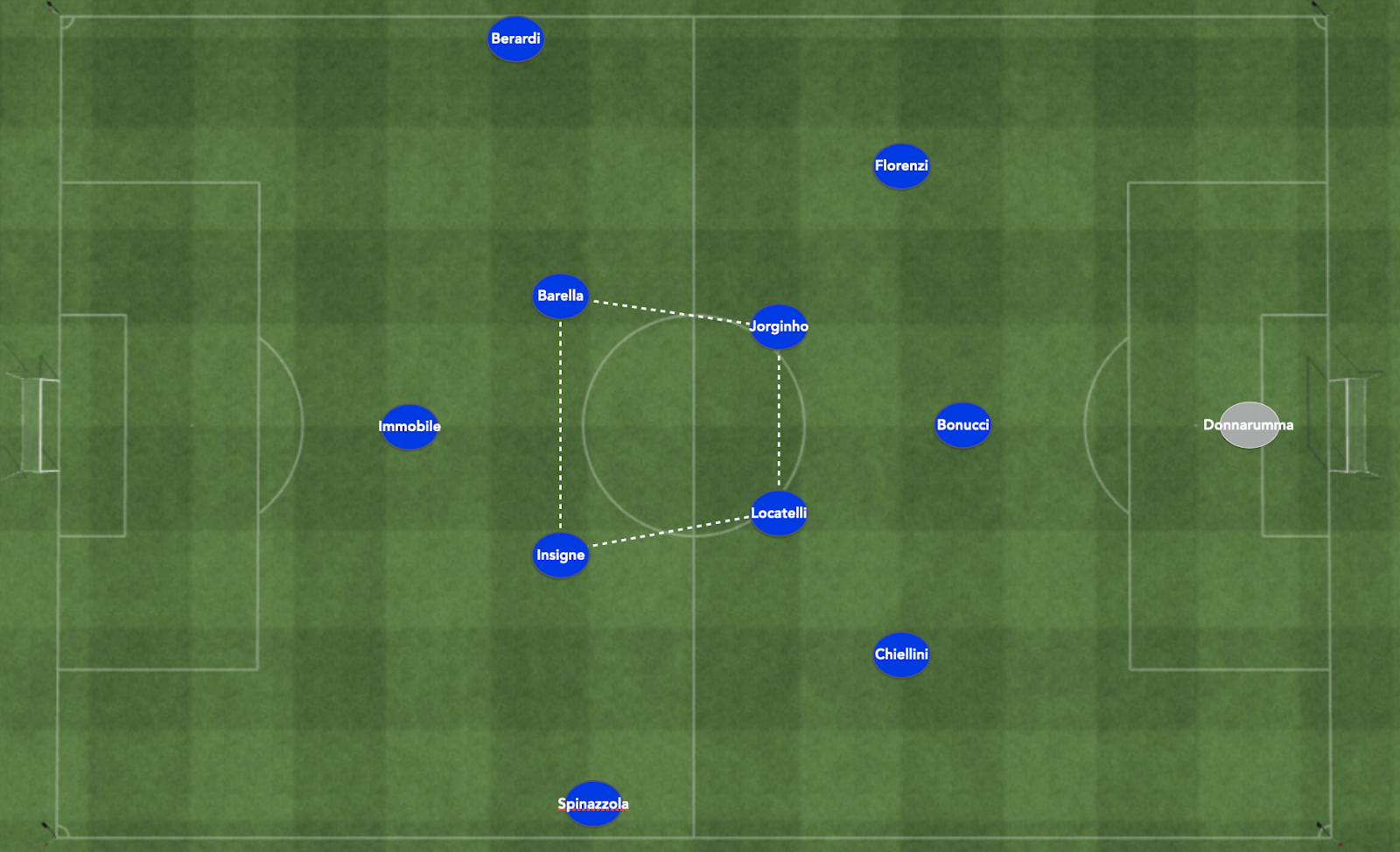
For clarity, we're going to use the examples of the players who played in the opening two matches, with the only difference in the starting teams for those games being Giovanni Di Lorenzo replacing the injured Alessandro Florenzi at right-back.
This right-back generally plays deeper and narrower providing a secure platform for their build-up play alongside the two centre backs, Giorgio Chiellini and Leonardo Bonucci. Jorginho and Manuel Locatelli form a double pivot in midfield. Nicolo Barella moves higher to effectively create a central box, completed by Florenzo Insigne who drifts in from the left side. Width is given by the very impressive Leonardo Spinazzola on the left and Domenico Berardi on the right. Ciro Immobile provides a focal point as the centre forward.
Build-up play and progressing through the pitch
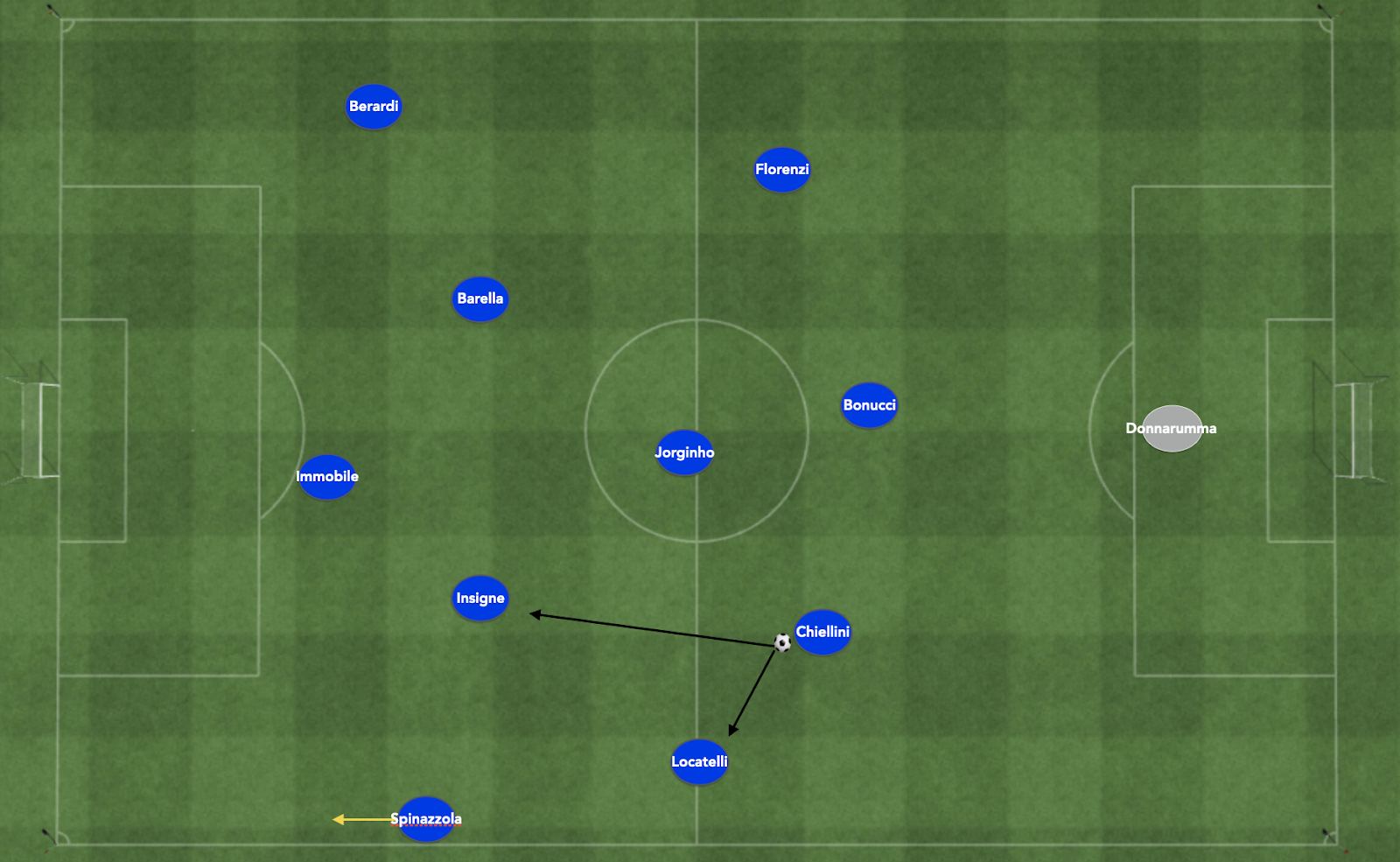
All three of the defenders building the initial play are very comfortable in possession both in terms of passing and also advancing into space when on to do so. They are fairly aggressive with this build-up and look to impose their shape on the opposition forcing them back into their own half of the pitch.
Get FourFourTwo Newsletter
The best features, fun and footballing quizzes, straight to your inbox every week.
Jorginho and Locatelli are very intelligent with their positioning and awareness of space. They generally hold positions in central areas but also have the flexibility to pull out into wider areas when there is space there. By doing this they either receive passes from the back three or draw pressure which opens up the lines of pass into Insigne or Barella between the opposition defensive lines. In the deeper build-up play it tends to be Locatelli on the left side who pulls out more frequently which allows Spinazzola to push higher and utilise his athleticism.
As they move higher up the pitch Barella will pull out from his half-space position between the lines into wider areas to provide an option to receive. This subsequently allows Berardi to remain higher where he is capable of threatening with runs inside and to the back of the opposition defensive line.
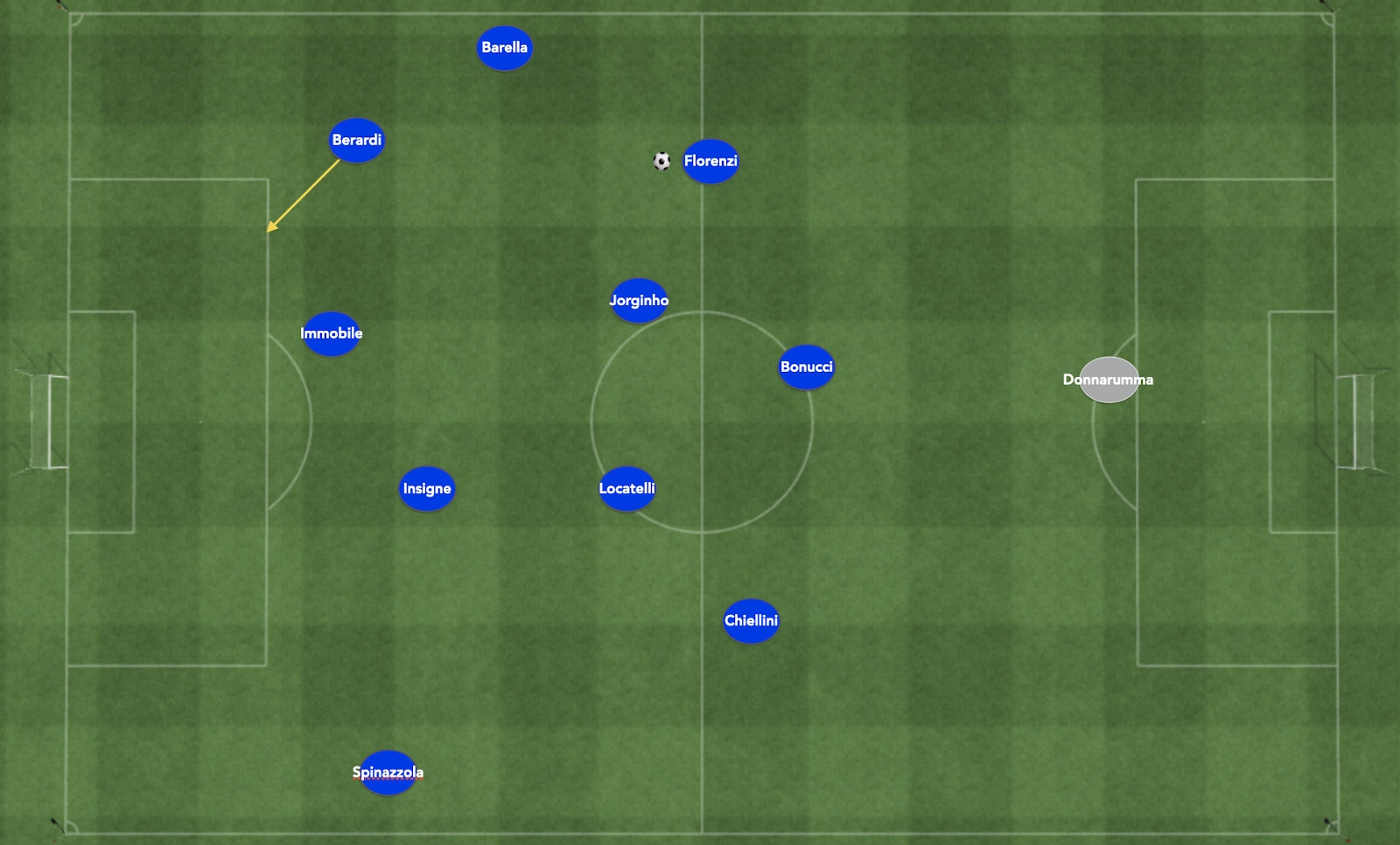
Attacking in the final third
Once Italy progress into the attacking third they provide two big attacking threats. Firstly the threat from the attack they have built, and secondly from the quick counter-pressing when they lose possession. They attempt to play with a high defensive line and to lock attacks in once successfully advancing in and around the penalty area.
The positional play and structure now provides for the freedom and creativity in the final phase. There is a really nice balance to the front three. Insigne is a creative spark who generally prefers to receive slightly deeper between opposition defensive lines and provides a huge threat dribbling and combining from the half spaces.
With Spinazzola giving width and penetration on the outside of him, Italy are very dangerous down this side of the pitch. Both of these players are very capable going inside or outside providing an individual threat in 1v1 situations but they also combine very well.
Centrally, Immobile provides a focal point and is comfortable dropping away from centre backs to retain possession or to turn and drive at defences. However, he is at his best on the shoulder of defenders and has intelligent movement looking for passes played behind or over the defensive line.
There is support for him arriving from deeper areas, especially from crosses, in the form of Barella or at times one of the double pivot, as Locatelli has done to great effect. From the right side Berardi is doing precisely what I saw him do for the Italian U21 team in the 2015 U21 Euros in Prague.
Generally, he plays higher than Insigne, preferring to receive as advanced as possible where he loves to cut inside onto his favoured left foot. Berardi is also capable of beating full backs on their outside when 1v1 and makes really incisive runs between full backs and centre backs looking for passes in behind. Once they progress into the attacking third and towards the opposition penalty area, the Italian right-back provides late support and width which effectively frees up Berardi and allows him to go where he can be most dangerous.
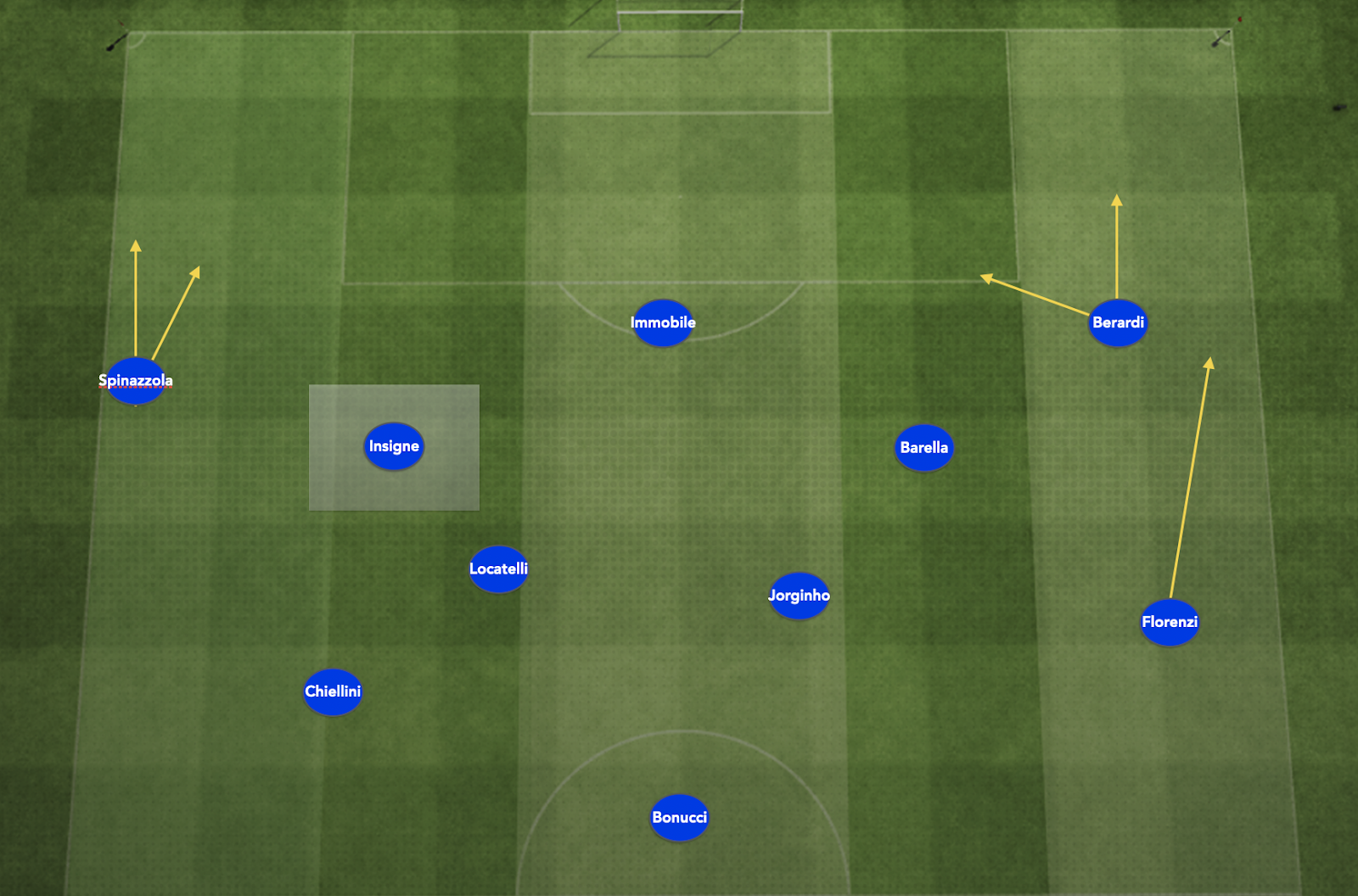
The movement, imagination, speed, and quality of the football in these advanced areas from the Italians has been outstanding at times. Just as importantly they maintain a really good structure behind the ball and this is what allows them to counter-press and sustain attacks so well.
Whether they can do this successfully against teams such as France for example, with the counter-attacking pace and threat of Antoine Griezmann, Karim Benzema, and Kylian Mbappe would certainly be very interesting. Roberto Mancini and his Italian team deserve huge credit for their progress so far and there will now be potentially tougher tests for them as they enter the knockout stages.
Subscribe to FourFourTwo today and get a FREE England Euro 96 shirt!
READ NEXT
FOR YOUR HOME Euro 2020 wall chart: Download free with full schedule, fixtures and dates
REFS Euro 2020 referees revealed: who are they, how were they selected and will VAR be in use?
